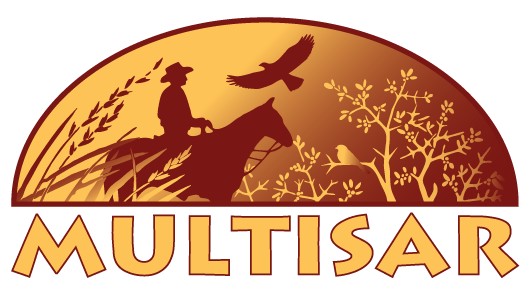There are many reasons why grassland plants and animals are at risk. Often there is a combination of causes and sometimes the cause is unknown. These reasons include:
Disappearing Habitat
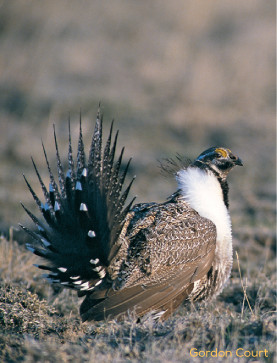
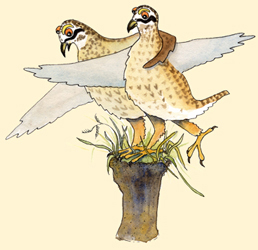
Sharp-tailed Grouse populations have decreased over the past few decades, largely due to habitat loss.
In Alberta, 74% of native grasslands have been lost. This has had a huge impact on species that cannot survive in agricultural, urban or industrial landscapes.
Greater Sage-grouse have disappeared from much of their former range in southern Alberta, in part because much of the native grassland and sagebrush habitats that they rely on have been converted to cropland or tame pastureland, which is unsuitable habitat for Greater Sage-grouse.
Habitat Degradation
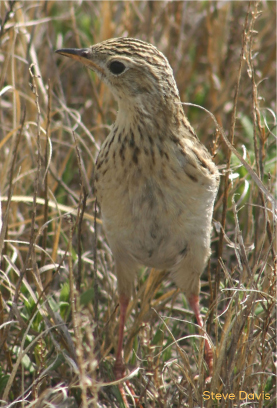

Piping Plovers are listed as Endangered because their shoreline breeding habitat has become increasingly degraded by human activities.
The quality of remaining grassland habitats has declined to the degree that some areas can no longer support as many plants and animals as they once did.
The Sprague’s Pipit requires grasslands that are lightly grazed and have an adequate amount of “old grass” from the previous year. Heavy grazing renders grasslands unsuitable for pipits. Along with habitat loss, habitat degradation has caused the Sprague’s Pipit population to decline in Alberta.
Human Disturbance
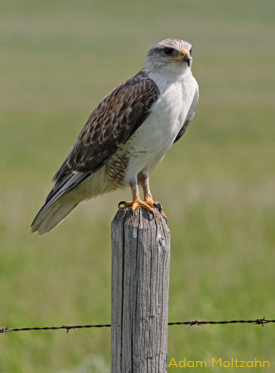

Trumpeter Swans will readily desert their nests if they are disturbed by humans. Even relatively quiet activities such as canoeing and fishing can upset Trumpeter Swans.
Some species do not tolerate human activity. Many Species at Risk are sensitive to human disturbance.
Ferruginous Hawks are skittish birds and are easily disturbed by human activities (such as recreation, industrial development, agriculture etc.), especially when nesting. Nest abandonment because of human disturbance is one of several reasons why they are now considered Endangered in Alberta. It is advisable to keep at least one kilometer away from their nests to avoid disturbing them.
Introduction of Exotic Species
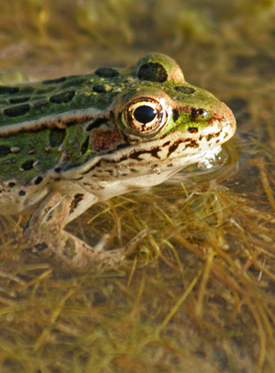

The introduction of Starlings to North America caused a population decline in Mountain Bluebirds because they compete for the same nest sites (and Starlings usually win).
Species that are not native to Alberta can cause havoc when they compete with native species for food, water and space. For example, when non-native plants (weeds) move into an area, they can make the habitat less suitable for other species. Also, in some cases introduced species prey on native species.
The Northern Leopard frog is considered Threatened in Alberta. Both tadpoles and adults are vulnerable to predation by non-native game fish. Non-native fish should not be introduced into ponds containing frogs. In other parts of their range, the introduction of Bull Frogs has harmed Leopard frog populations.
Over-harvesting


Plains Bison were almost extirpated from the prairies because of over-hunting. Their population crashed from millions to near extinction in just 40 years.
In the past, hunting was unregulated and reduced the populations of many prairie species. Some species nearly went extinct as a result.
Pronghorns were severely affected by over-hunting in the late 1800s and early 1900s. Only 1,000 remained in 1907. Intensive conservation efforts and special game reserves helped to increase numbers. The current Alberta population is estimated at around 15,000-20,000 animals.
Persecution
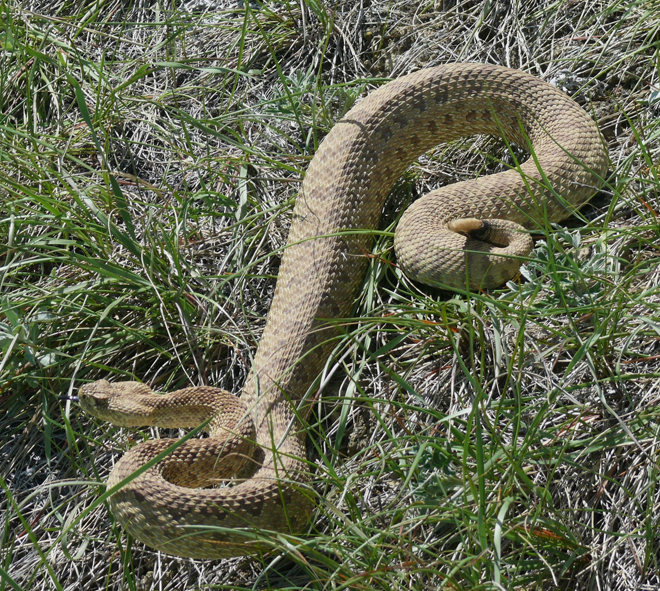
Some species are perceived as a threat to livestock or people and have experienced population declines due to direct persecution.
The Prairie Rattlesnake is considered “May be at Risk” in Alberta. Because of their venomous bite, the rattlesnake has long been a victim of persecution. The cumulative effect of this intentional killing has taken its toll on their population.
Other species have been unintentionally affected in the persecution of other species. For example, attempts to control coyote and wolf populations likely impacted the Swift Fox as well.
Isolation of Populations

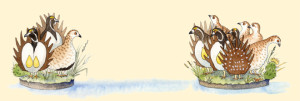
Alberta’s Sage-grouse population is isolated from those in Montana, meaning that there is little to no movement of genetic material. Their small population size and isolation makes them more vulnerable to disease and extreme weather conditions.
When populations are isolated geographically, low genetic diversity and lack of immigration makes them vulnerable to disease, drought and habitat degradation.
The Western Small-footed Bat is considered of Special Concern in Alberta. Restricted to areas with rock crevices along river valleys, they rely on cottonwood forests for foraging. With low reproductive rates and restricted dispersal, individual populations are vulnerable to disturbances and may not be able to re-establish if destroyed. When river valley habitats are removed, populations of Western Small-footed Bats become genetically isolated. Genetic studies show that Alberta’s populations are distinct from those in Montana and gene flow is also restricted between individual populations within Alberta.
Disease
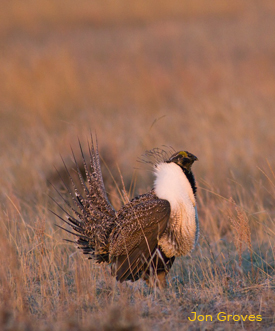
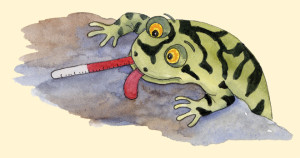
Ranavirus has caused several mass die-offs of Tiger Salamanders and their larvae in Alberta. The virus also affects a variety of frog and toad species.
Disease is a natural part of ecosystems, but it can become a serious problem if a population is already stressed because of other factors. Humans and exotic species can introduce new diseases into areas where wildlife is not adapted to them.
Greater Sage-grouse are susceptible to West Nile Virus. Because of the low number of birds in Alberta, this disease has the potential to devastate the remaining population.
Naturally Low Populations
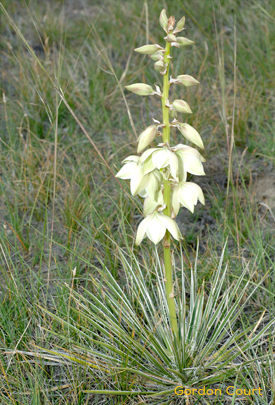
In Alberta, a number of grassland species are at the northern edge of their range and have never been particularly numerous here. This makes them especially vulnerable to habitat alterations and changes in climate.
The Soapweed plant and its pollinator, the Yucca Moth, are found naturally at only two locations in Alberta, along the Milk River and the Lost River. These are the most northerly occurrences of Soapweed. Further south, in the U.S.A., it is much more abundant.

